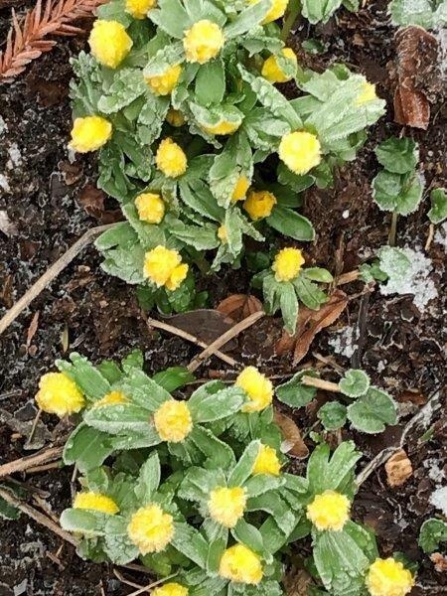
(c) Sue Bradley
In the garden snowdrops spread their petals wide when the temperature exceeds 10°C, safe in the knowledge that the hint of warmth will encourage bumblebees to venture out and possibly pay a visit. Other flowers providing early sources of nectar include yellow aconites and ivy, both of which are tough enough to withstand whatever winter has left to throw at them.
While extremely cold days tend not to encourage visits to the allotment, at home there’s plenty that can be done to be ready for the weeks ahead.
My lupin seedlings are coming on a treat, with toilet tissue tubes providing a great alternative to plant pots when I was pricking them out, and I’ve got plenty of lettuce coming up ready to go outside under the mini polytunnel I was given for Christmas, now it’s a bit warmer.



